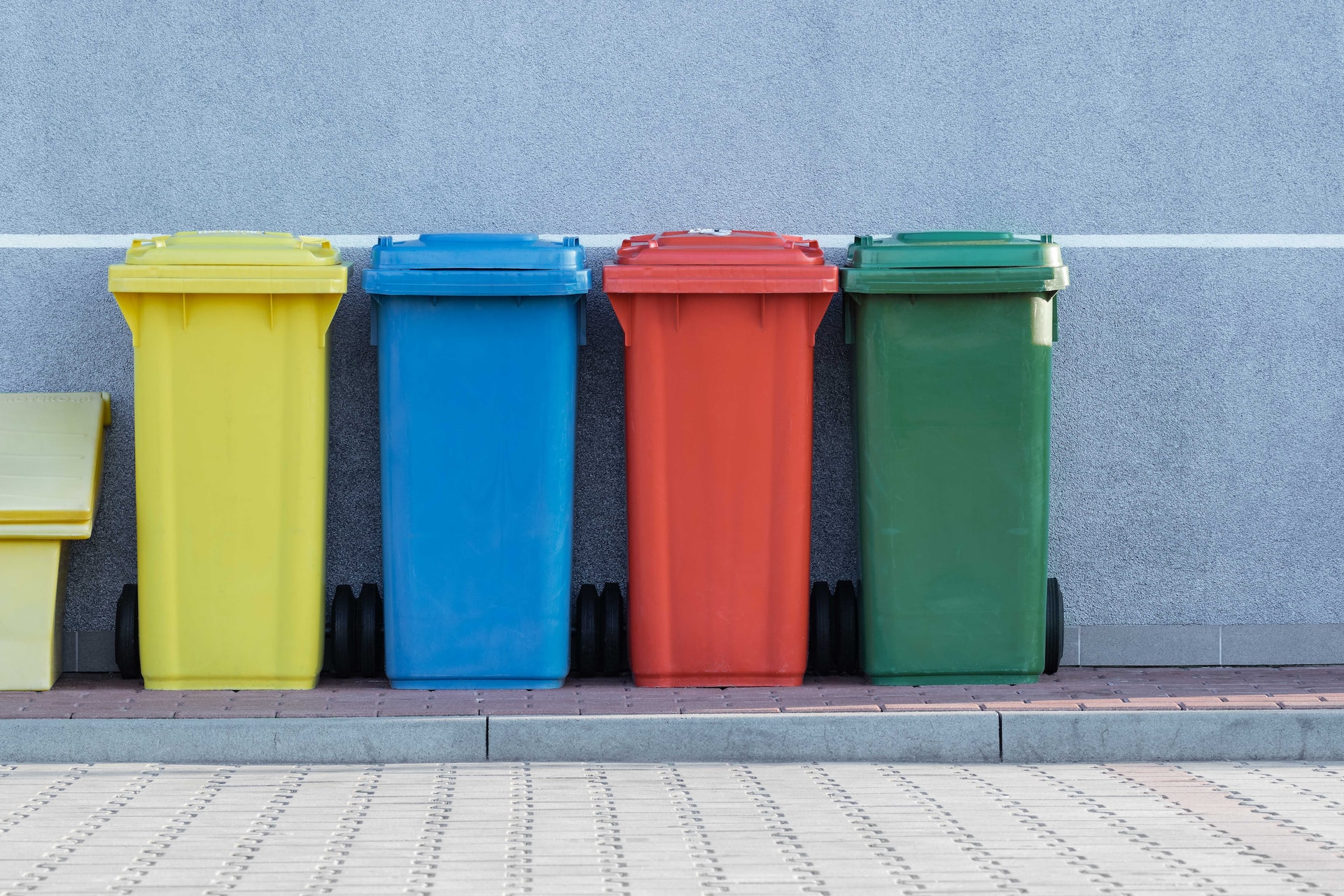
Eco-Friendly Offices: A Guide to Effective Garbage Separation
In today’s world, sustainability and eco-friendliness are no longer mere buzzwords but vital aspects of responsible living and business operations. One area where every office can make a significant contribution to a greener planet is by adopting effective garbage separation practices. This article will guide you through the importance of eco-friendly offices and provide step-by-step insights into setting up an efficient garbage separation system in your workplace.
Introduction
In a world grappling with environmental issues, businesses must take proactive steps to reduce their ecological footprint. One area where every office can contribute to a greener planet is through effective garbage separation. This article will shed light on the significance of eco-friendly offices and guide you on how to set up an efficient garbage separation system within your workplace.
Understanding the Importance of Garbage Separation
Why It Matters
Effective garbage separation is crucial because it helps divert waste from landfills and incinerators, reducing the strain on our environment. By separating recyclables, organic waste, and non-recyclables, offices can significantly decrease the amount of waste destined for landfills.
Environmental Benefits
Garbage separation directly contributes to environmental preservation. It conserves resources by allowing the recycling of materials like paper, cardboard, plastic, and glass, which reduces the need for raw materials and energy-intensive manufacturing processes.
Getting Started
Assessing Your Current System
Before implementing a garbage separation system, evaluate your current waste management practices. Understanding your baseline is crucial to measure improvements accurately.
Identifying Key Waste Categories
Classify your office waste into categories such as recyclables (paper, cardboard, plastics, and metals), organic waste (food scraps and biodegradables), and non-recyclables (contaminated items and hazardous materials). This categorization is the foundation of effective garbage separation.
Setting Up Garbage Separation Stations
Location Matters
Place garbage separation stations strategically throughout your office. High-traffic areas like kitchens, cafeterias, and copy rooms are ideal spots to encourage participation.
Choosing the Right Bins
Provide clearly labeled bins for each waste category. Use distinct colors and signage to make it easy for employees to identify where each type of waste should go.
Employee Education and Engagement
Training Programs
Educate your employees about the importance of garbage separation and provide training on how to use the bins correctly. Create engaging workshops or informational materials to foster understanding.
Encouraging Participation
Motivate your team to actively participate by recognizing and rewarding their efforts. Consider competitions, incentives, or acknowledgment programs to boost engagement.
Monitoring and Evaluation
Regular Audits
Conduct periodic audits to ensure compliance with your garbage separation system. Identify areas for improvement and address them promptly.
Tracking Progress
Keep records of the amount of waste diverted from landfills, recycling rates, and cost savings. This data will help you assess the effectiveness of your eco-friendly initiatives.
Benefits of Effective Garbage Separation
Reduced Environmental Impact
Implementing garbage separation reduces the environmental impact of your office by minimizing waste sent to landfills, conserving resources, and lowering greenhouse gas emissions.
Cost Savings
Efficient waste management can lead to significant cost savings through reduced waste disposal fees and increased revenue from recycling.
Challenges and How to Overcome Them
Resistance to Change
Some employees may resist change initially. Address their concerns by explaining the benefits, providing adequate training, and fostering a sense of ownership in the process.
Lack of Awareness
Combat lack of awareness by regularly communicating the goals and progress of your garbage separation program. Transparency and information-sharing are key.

Future Trends in Garbage Separation
Technological Advancements
Stay ahead by exploring emerging technologies in waste management, such as smart bins and data analytics, to optimize your garbage separation efforts.
Regulations and Incentives
Keep an eye on evolving regulations and incentives that may support your eco-friendly initiatives, such as tax incentives or government grants.
Conclusion
Incorporating effective garbage separation practices into your office not only aligns with environmental ethics but also offers tangible benefits, including reduced waste disposal costs and a positive public image. By following the steps outlined in this guide, your office can become a champion of eco-friendliness and contribute to a more sustainable future.
In conclusion, effective garbage separation in eco-friendly offices is a win-win solution. It benefits the environment, saves costs, and enhances your office’s reputation. Take the first step today towards a greener and more sustainable workplace.
FAQs
- What are the benefits of garbage separation in offices? Garbage separation in offices reduces environmental impact, conserves resources, and leads to cost savings through recycling and waste diversion.
- How can I convince my employees to participate in garbage separation? Convince employees by educating them on the importance of garbage separation, providing training, and implementing incentive programs to motivate participation.
- Are there any government incentives for eco-friendly office practices? Yes, some governments offer incentives such as tax benefits or grants to businesses adopting eco-friendly practices, including garbage separation.
- Can I implement garbage separation in a small office space? Absolutely! Garbage separation can be tailored to fit the size of your office. Even small spaces can make a significant impact on sustainability.
- What are the long-term cost savings associated with effective garbage separation? Long-term cost savings result from reduced waste disposal fees and increased revenue from recycling, making your office operations more financially sustainable.